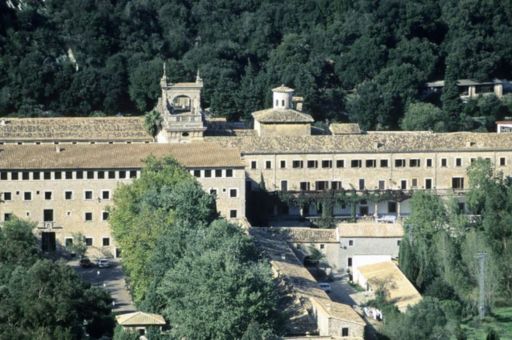The amount earmarked by the island institution has risen from 35,000 to 70,000 euros for the upkeep of the more than 10,000 parchments, sheets and documents that recount centuries of its history.
TDB keeps you informed. Follow us on Facebook, Twitter and Instagram
The Consell de Mallorca doubles the amount allocated to the Lluc Sanctuary
The Consell de Mallorca is doubling the amount allocated to the Lluc Sanctuary for the conservation and digitisation of its historic archive. This was explained by the president of the island institution, Llorenç Galmés, who explained that the amount earmarked has increased from 35,000 to 70,000 euros. The aim, he said, is to ‘promote the maintenance of the more than 10,000 parchments, sheets and documents that recount centuries of its history, as it is the responsibility of the Consell de Mallorca to ensure the conservation of the island’s historical and cultural heritage’.
The Sanctuary’s historical archive is one of the most important documentary collections on Mallorca. It has thousands of parchments, the oldest of which dates from 1244, and a large number of both historical and modern documents. For example, explained Galmés, ‘the Priorat books confirm the existence of a mixed school in Lluc in the 16th century’. As for music, there is an important collection of old sheet music, in the process of being catalogued, mostly from the 18th century, used by the Escolania dels Blauets.
The president of the Consell de Mallorca recalled that ‘the archive has received historians from all over the world who are aware of the importance of the documents kept at the Lluc Sanctuary and come to consult them to complete their studies and knowledge’. That is why, he says, ‘transcription, ordering and digitalisation tasks are necessary to increase the capacity to recover the information, as well as its visibility, while at the same time allowing us to conserve and maintain the documents to better understand our history’.
